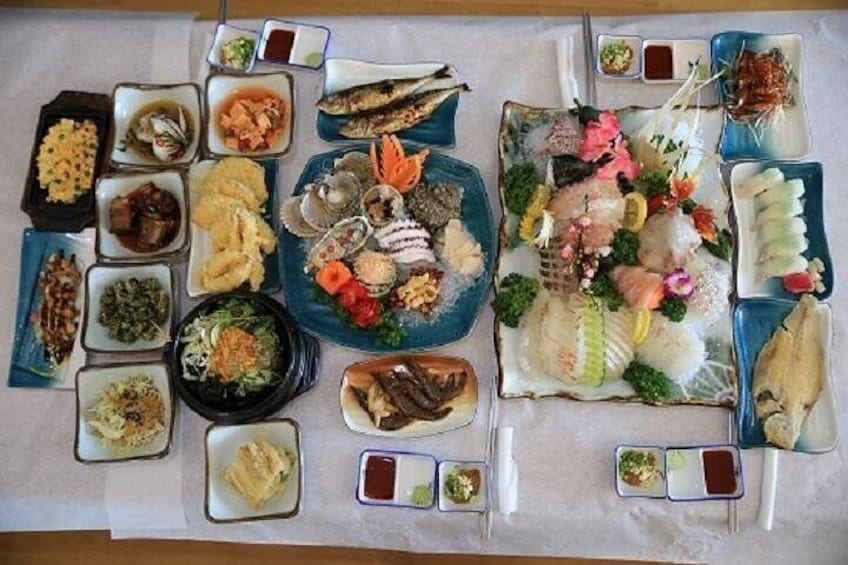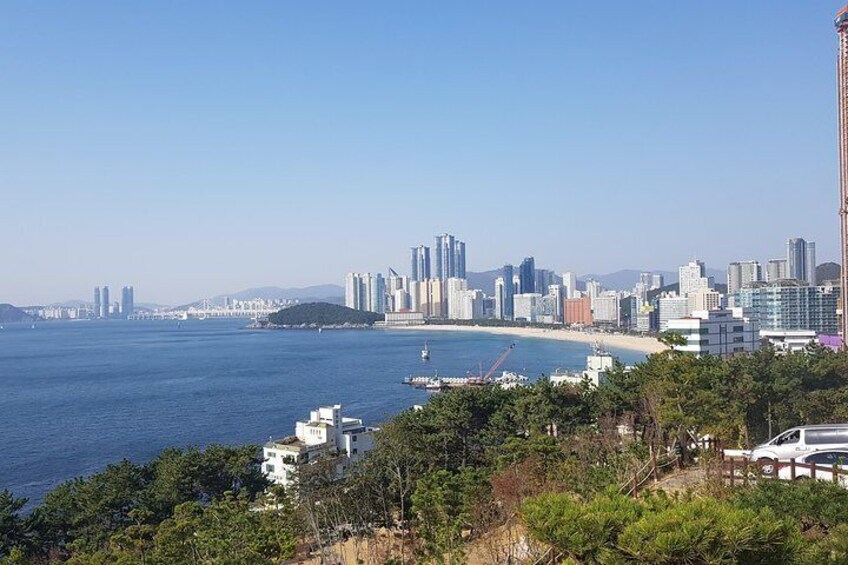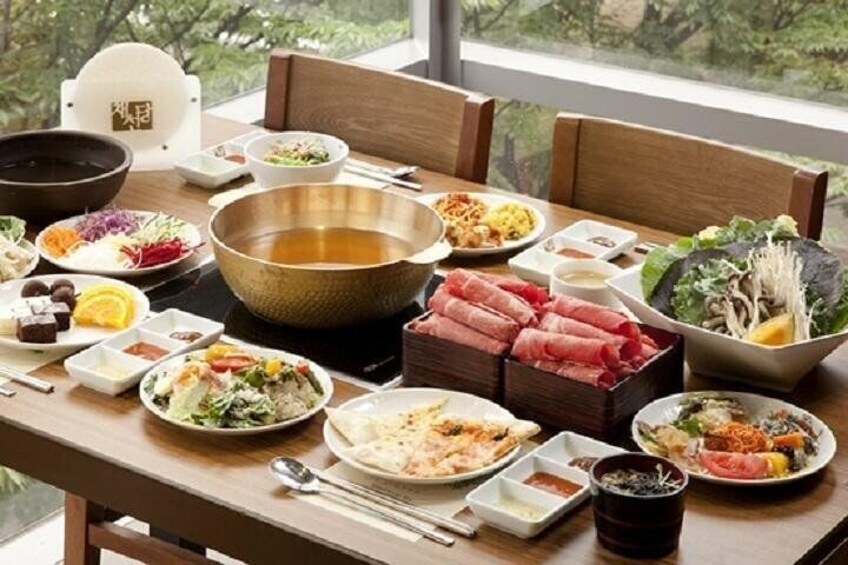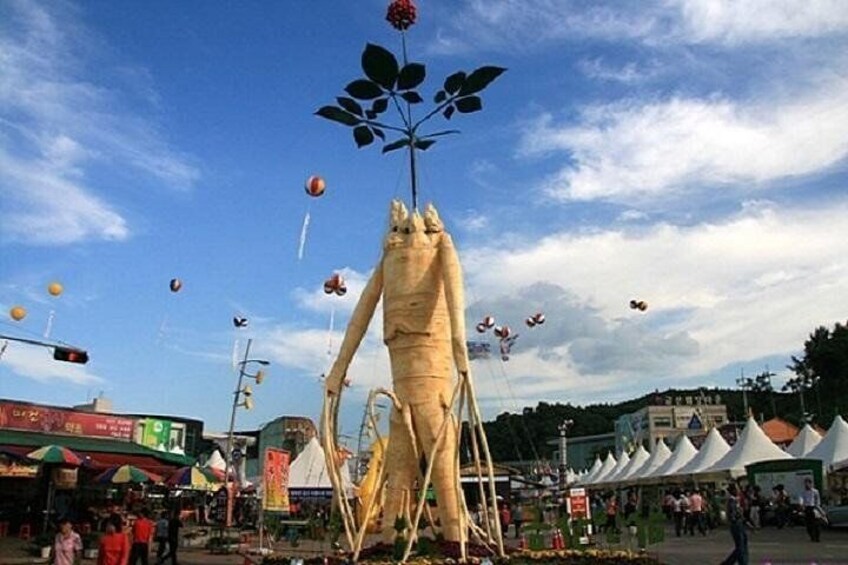Members save 10% or more on over 100,000 hotels worldwide when you’re signed in





(Private) 9-Days Tasty Journey Around South Korea Tour
Features
- Free cancellation available
- 9d
- Mobile voucher
- Instant confirmation
- Selective hotel pickup
Overview
This 9 days tour will take you to beautiful fishing villages, mountain villages, and big cities such as Busan and cities with thousands of years of history. Korea has a perfect combination of mountains and beaches. Historical sites and beautiful scenery can be found not only in the small coastal towns but also in the remote forested mountains. This is a tour around Korea to uncover the many flavours and delicacies that define the very identity of a region, the lifestyle of its people as well as the many ways in which eating habits and cities give shape to one another. Enjoy the adventure of exploration when traversing around South Korea. The tour allows you to enjoy the beauty of nature, energetic trendy big city, peaceful rural areas, mountain range canyon sightseeing train, and tasty Korean local foods.
◆ A great tour for first-time visitors to South Korea who want to get to know a detail history of Korea and Korean foods.
◆ Take a Mountain Range Canyon Train (V-Train)
Activity location
- Geumsan-gun
- Geumsan-gun, Chungcheongnam-do, South Korea
Meeting/Redemption Point
- Geumsan-gun
- Geumsan-gun, Chungcheongnam-do, South Korea
Check availability
(Private) 9-Days Tasty Journey Around South Korea Tour
- 9d
- English
Pickup included
What's included, what's not
- Private transport
- Accommodation (8nights) 3 or 4 star Hotel, 8N/ double, twin, Triple sharing room based)
- Dinner
- Travel insurance
Know before you book
- Infants and small children can ride in a pram or stroller
- Public transport options are available nearby
- Infants are required to sit on an adult’s lap
- Specialised infant seats are available
- Not recommended for travellers with spinal injuries
- Not recommended for travellers with poor cardiovascular health
- Suitable for all physical fitness levels
- You should book this tour at least one or two weeks before the tour date to secure hotel room or train seats
Activity itinerary
Day 1: Seoul (or Incheon Int'L airport) - Geumsan - Mt. Daedunsan
- 2 stops
- Meals: lunch
- Accommodation: Overnight in Gunsan, 3-4 star similar Hotel
Geumsan-gun
- 2h
Daedunsan Natural Recreation Forest
- 2h
- Admission ticket included
Day 2: Gunsan Modern History Museum - Jinpo port - Iseongdang Bakery
- 5 stops
- Meals: breakfast, lunch
- Accommodation: Overnight in Gunsan 3-4 star similar Hotel
Gunsan Modern History Museum
- 2h
- Admission ticket included
Jinpo Maritime Theme Park
- 1h
- Admission ticket included
Leesungdang
- 3h
- Admission ticket included
Seonyudo Beach
- 3h
- Admission ticket not included
Gunsan Saemangeum Convention Center
- 50m
Day 3: Jeonju Hanok Village - Geumsansa Buddhist temple
- 5 stops
- Meals: breakfast, lunch
- Accommodation: Overnight in Jeonju, JEONJU HANOK STAY(traditional Korean-style house)
Jeondong Catholic Church
- 40m
Gyeonggijeon Shrine
- 50m
- Admission ticket included
Hyanggyo-gil
- 40m
Geumsansa Temple
- 1h
- Admission ticket included
Jeonju Hanok Village
- 1h
- Admission ticket included
Day 4: Tongyoung - Busan
- 3 stops
- Meals: breakfast, lunch
- Accommodation: Overnight in Busan, 3 or 4 star similar Hotel
Tongyeong Jungang Market
- 2h
- Admission ticket included
Tongyeong Cable Car
- 1h
- Admission ticket included
Hwangnyeongsan Mountain
- 50m
Day 5: Busan
- 6 stops
- Meals: breakfast, lunch
- Accommodation: Overnight in Busan, 3 or 4 star similar Hotel
Haeundae Beach
- 1h
Dongbaekseom
- 1h
Haedong Yonggungsa
- 2h
UN Memorial Cemetery
- 30m
Busan Gamcheon Culture Village
- 40m
49
- 40m
Day 6: Gyeongju
- 5 stops
- Meals: breakfast, lunch
- Accommodation: Overnight in Gyeongju, 3 or 4 star similar Hotel
Bulguksa Temple
- 1h 30m
- Admission ticket included
Seokguram
- 1h
- Admission ticket included
Gyeongju National Museum
- 1h 30m
Gyeongju National Park
- 1h
- Admission ticket included
Donggung Palace and Wolji Pond
- 40m
- Admission ticket included
Day 7: Andong - Hahoe village
- 3 stops
- Meals: breakfast, lunch
- Accommodation: Overnight in Andong, 3 or 4 star similar Hotel
Andong Hahoe Folk Village
- 3h
- Admission ticket included
Dosan Seowon
- 40m
- Admission ticket included
Andong Old Market
- 1h
- Admission ticket included
Day 8: Mountain Range Canyon Train (V-Train) - Taebeck - Gangneung
- 2 stops
- Meals: breakfast, lunch
- Accommodation: Overnight in Gangneung, or 3 or 4 star similar Hotel
Buncheon
- 3d
- Admission ticket included
Gangneung
- 1h
Day 9: Sokcho - Mt Seoraksan - Seoul
- 3 stops
- Meals: breakfast, lunch
- Accommodation: Not included
Seoraksan National Park
- 1h
Sinheungsa Temple
- 1h
- Admission ticket included
Seoraksan Cable Car
- 1h
- Admission ticket included
Location
Activity location
- Geumsan-gun
- Geumsan-gun, Chungcheongnam-do, South Korea
Meeting/Redemption Point
- Geumsan-gun
- Geumsan-gun, Chungcheongnam-do, South Korea